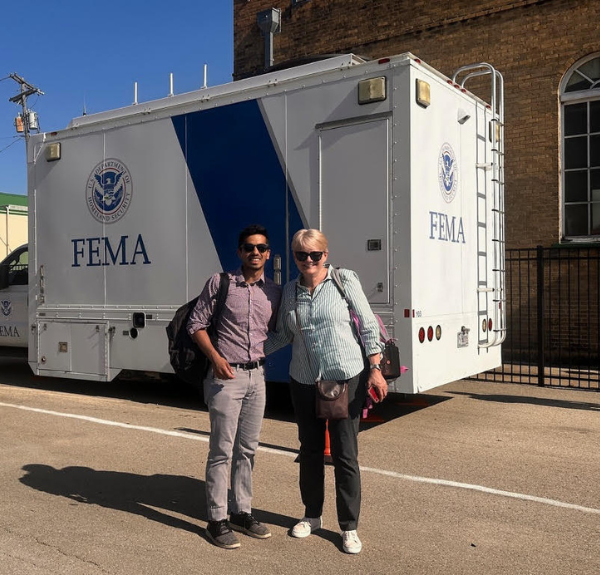Each year, more than $140 billion in government benefits that Congress authorizes goes unclaimed because individuals are not aware of what benefits they are eligible for or how to apply, and those that do can face prohibitive challenges applying for and receiving benefits. It’s crucial we build understanding about how to make it easier for people to learn about, apply for, and access benefits. Reducing administrative burden — the time, psychological, and other costs people incur while interacting with the government — is key to answering this question and improving customer experience. Drawing on lessons from four studies from a new portfolio of research, the Office of Evaluation Sciences (OES) created a new evidence brief, “Reducing administrative burden in pandemic relief and economic recovery programs,” to share learnings about what works so that fewer government benefits go unused. A few of those findings are highlighted below.
Making it Easier to Learn about Programs
People eligible for assistance may not know about programs or how to apply, which is a type of administrative burden called a learning cost. To address this burden, programs use various forms of outreach from mailers to phone calls to share information with potential recipients. OES partnered with several programs to evaluate strategies to reduce learning costs and found that some types of outreach (mailers, emails, texts, in-person events, etc.) were effective for a given program, while others were not. For example, one evaluation of how to increase applications from child care providers to a grant program found that sending emails and text messages increased awards. Another evaluation looking into how to increase applications from homeowners at risk of foreclosure to a grant program found that postcards did not increase applications to Idaho’s Homeowner Assistance Fund, allowing the program to invest in other forms of outreach. Understanding what type of outreach is most effective with potential program recipients can help programs ensure that people know about assistance they are eligible to receive.
Making it Easier to Apply for Programs
Complicated application or intake processes can create a type of burden called compliance costs. One method used to simplify these processes allowed programs to use reasonable proxy data, such as the average incomes in the household’s geographic area, to verify an applicant’s income eligibility. Two OES evaluations, one in Kentucky and one in Virginia, found that using a proxy made getting assistance faster and more likely for program-eligible individuals facing housing instability. These studies suggest that simplifying applications and intake can work to improve access to benefits.
Reducing Multiple Types of Burden Simultaneously
In addition to learning and compliance costs, people can also experience psychological costs, such as anxiety and distrust, when applying for or accessing benefits. Some of the programs that OES partnered with piloted strategies that target reducing more than one type of burden simultaneously. We found that these combination approaches can be more effective than targeting only one type of cost. In one study, combining calls with text and email outreach to eligible child care providers increased funding awards by 5.2 percentage points. This strategy was particularly effective among child care providers who had not previously received funding. Among these providers, outreach that included calling increased awards by 12.4 percentage points — an effect five times larger than outreach by text and email alone. This suggests that calls with a staff member may help address misconceptions about a grant or application process for providers who are less familiar with a program. Initiatives like the Alumni Peer Navigator Program also help reduce both psychological and informational burdens by offering peer support, making it easier for people to access benefits. Reducing multiple costs at once can significantly improve benefit delivery.
Learn More
These recent evaluations show that actions taken to reduce administrative burden can be effective at increasing awareness of, and access to, assistance for Americans across a range of policy areas and geographies. Have you encountered administrative burden while implementing or accessing a benefit program? Learn more about burden reduction strategies and their effectiveness in the evidence brief “Reducing administrative burden in pandemic relief and economic recovery programs.”
To learn more about how the Biden-Harris Administration is advocating for holistic burden reduction, see the Recovering from a Disaster Life Experience team’s work on Calculating a More Holistic Burden Estimate.
Stay Informed
Follow along with Performance.gov on LinkedIn and Twitter (X) as we highlight different agencies and their goals. We will continue to update Performance.gov quarterly with progress on agency and PMA priorities and strategies. Subscribe to our newsletter to receive updates in your inbox.




